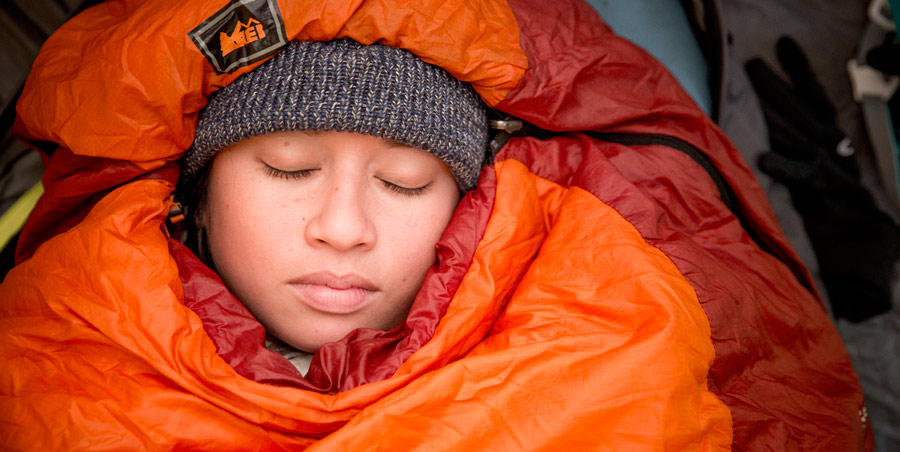You’ve been planning this trip for ages, you’ve got everything in order, and you finally reach the beautiful mountain ranges. Suddenly, things begin to go downhill. As you travel higher, the air gets thinner. Your body is deprived of a sufficient amount of oxygen and it begins to react negatively. You experience the symptoms of high altitude sickness which include:
- Drowsiness
- Persisting/recurring headaches which may get more intense at night
- Shortness of breath on exertion (a direct result of decreasing oxygen levels)
- Nausea or vomiting, and inability to eat properly
- Persistent rapid pulse
- Fatigue or weakness (mild to intense)
- Peripheral edema (swelling of hands, feet, and face)
- Insomnia
- Dizziness or light-headedness
- Sensation of pins and needles in limbs

If you are prone to altitude sickness, here are a few tips to prevent and treat it in future. We are not going to let your long-awaited vacation get ruined!
1. Slow And Steady
The body reacts adversely because the change in oxygen level and height is so sudden and unexpected. However, if given time to adjust, many of these symptoms will not occur. The golden rule is that once you’ve reached a height of 10,000 feet, you should go 1,000 feet further and then 3,000 feet more, taking breaks and staying overnight in between.

2. H2O Is Your Saviour
One of the easiest solutions to altitude sickness is to hydrate yourself properly. Since the humidity is low and the air is quite dry, you should be consuming twice as much water as you normally would. Juices and flavoured fruit water are tasty substitutes for water.

3. Do Not Overexert
Pushing yourself to exercise will not make the situation any easier. Avoid overexertion and any strenuous physical activity which can cause shortness of breath, nausea, and body ache. The most effective remedy is getting adequate rest.

4. Sleep Right
In places of high altitude, your respiration rate decreases. Thus, sleeping in these places is not advisable as it can be harmful. Explore the high mountain areas during the day but make sure to move back to lower altitudes in the evening. Sleep in an upright position by resting your back against a hard surface; this will make your head feel much lighter.

5. Give The Junk A Pass
It is very important that you stay away from alcohol, anti-depressant drugs, and tobacco. Intake of these substances can result in respiratory troubles.

6. Replenish What Is Lost
Broccoli, bananas, avocados, cantaloupes, celery, bran, chocolate, granola, dates, dried fruit, potatoes, and tomatoes are all foods that are rich in potassium and can help to deal with these symptoms. Salt intake leads to dehydration, and should, therefore, be reduced.

7. Stay Warm
This one is quite obvious since the hills are going to be chilly anyway. But make sure to wear warm and dry clothes at all times, even when the sun is shining.

8. Stock Up
You must have a stock of all necessary medicines that can be used to treat altitude sickness. These include acetazolamide, blood pressure medicine, inhalers, dexamethasone, and aspirin.

If you suffer from any other health problems, consult your doctor for other preventive measures that you can take when heading to the hills. Take these few precautions and keep these tips in mind, and we are sure you will enjoy your vacation free of sickness and bad memories.
With this problem out of the way, are you tempted to take a trip to the hills? Join us on our all-women trip to Ladakh this August!
To know more about Pack ‘n’ Fly, click here.
